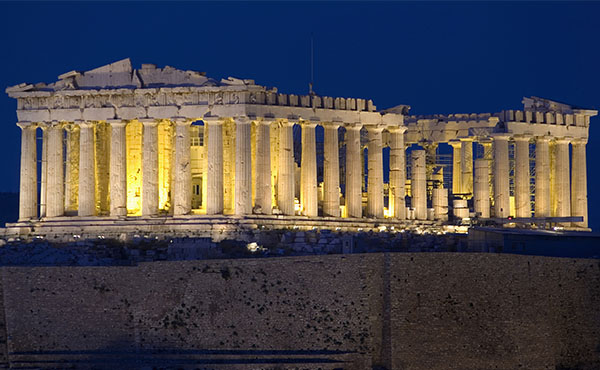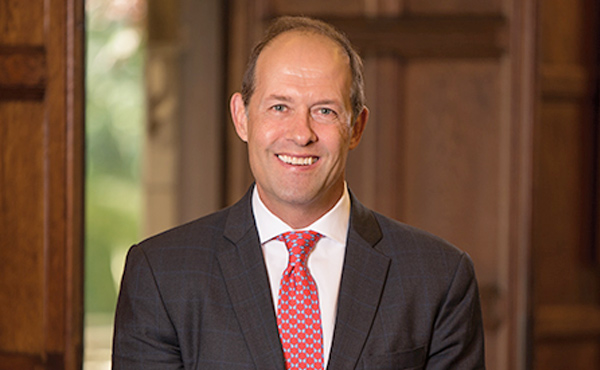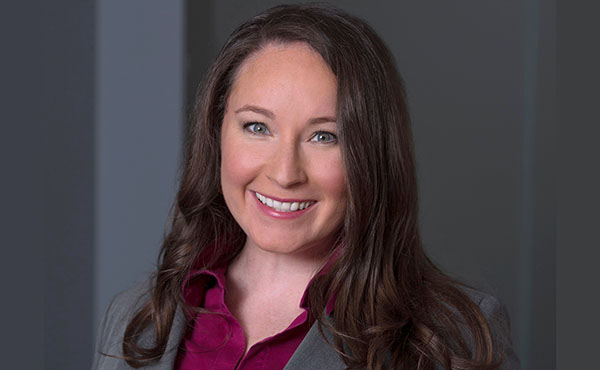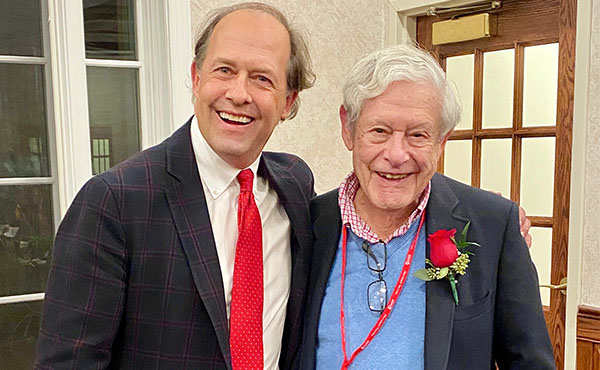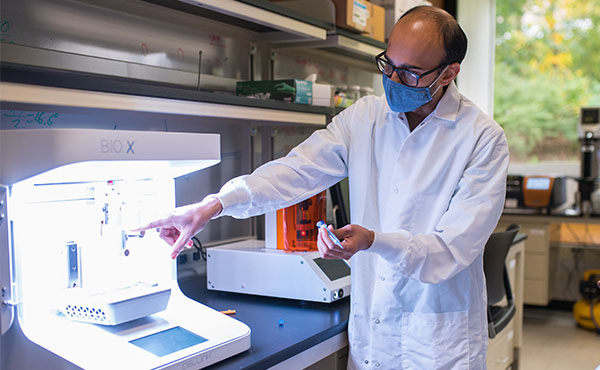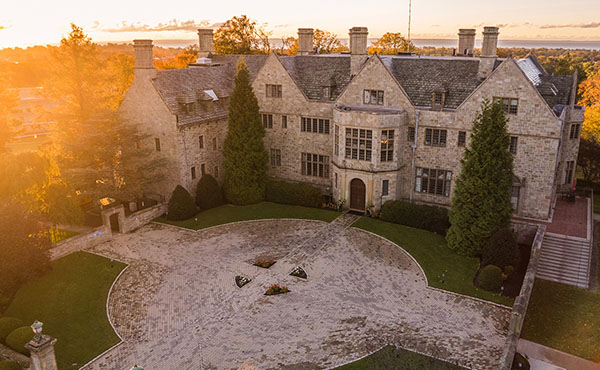Art History’s Dr. Katherine Schwab is working with a team to create a virtual Parthenon.
I look at the metopes at various times of the day and in different light, draw them, photograph them. It is endlessly rewarding if one is patient. I make graphite drawings of the metopes, documenting everything. I began doing this as a means to understand what was there.
— Katherine Schwab, PhD, Art History Professor
One of the most significant historical treasures in the world, the Acropolis in Athens, Greece, stands on a flattish rock that rises above the city. It is dominated by its most storied structure, the Parthenon, on which construction began in 447 B.C. Over time, many scholars have contributed to our understanding of the Acropolis, which represents a critical milestone in the cultural history of the Western world.
One scholar making a significant contribution to this ongoing study is Katherine Schwab, PhD, professor of art history in Fairfield’s Department of Visual and Performing Arts in the College of Arts and Sciences.
Currently, Dr. Schwab is a major contributor to a project called “Athens Reborn: Acropolis,” a virtual reality tour that, when launched in April 2022, will bring one of the greatest ancient cultural heritage sites in the world back to its prime.
“Athens Reborn: Acropolis” is the brainchild of Indiana-based Flyover Zone, a world leader in virtual tourism that was founded in 2016 by Bernard Frischer, whose company has successfully produced the virtual tours “Rome Reborn” and “Egypt Reborn,” among others. Frischer enlisted Dr. Schwab’s expertise to help with “recreating” the Acropolis as an interactive and immersive experience, presenting the site as it was at its peak, in the fifth century B.C. Among the structures to be “reborn” are the Propylaea (gateway to the Acropolis); the Erechtheion, a temple honoring Athenian king Erechtheus and the deities Poseidon and Athena; the Temple of Athena Nike; and the Parthenon, dedicated to the goddess Athena.
It is with the Parthenon, in particular, that Dr. Frischer sought Dr. Schwab’s help. The Fairfield professor is a leading expert on the Parthenon’s metopes (pronounce ‘mehtuh- pees’), 92 once-painted Pentelic marble blocks that formerly rimmed the temple’s peristyle above its columns. Each metope is 4.5 feet square and is usually comprised of at least two deeply sculpted images against a background. A big challenge for Dr. Schwab and the Flyover team was to recreate the original colors for the figures, their clothing, the horses, and the metallic additions, whether harnessing or weaponry.
“I discussed these pigments with a chemical engineer who works on the Acropolis,” said Dr. Schwab. “People forget that these buildings on the Acropolis were painted and very colorful in their time. They weren’t just the color of the marble.”
An even greater challenge for Dr. Schwab is that many of the original 92 metopes are missing. Some were intentionally damaged in the sixth century A.D. when the building was converted to a Christian temple and antipagan zealots mutilated them with hammers.
“We can’t forget that, for a thousand years, the Parthenon was a temple dedicated to Athena,” said Dr. Schwab. “These were Olympian gods and, thus, pagan symbols. One Byzantine scholar told me that the level of violence that was used to desecrate these metopes was an indication of the dire threat the images presented.”
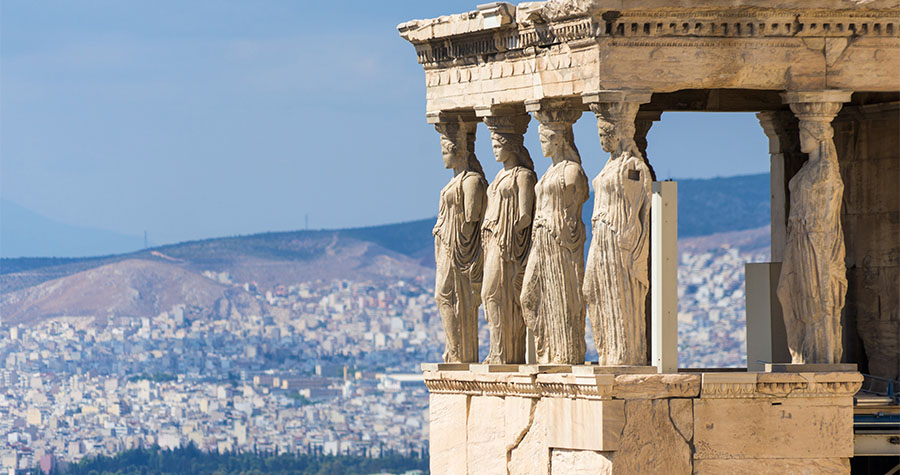
View of the Caryatid Porch, Erechtheion, Original Caryatids are on view in the Acropolis Museum and the British Museum. These cement copies by late sculptor Stelios Triantis were installed during the 1970s.
Some of the other metopes were seriously damaged or destroyed by an explosion in 1687, when Venetian forces fired on the Parthenon, hitting a powder magazine housed there. Fifteen of the best preserved metopes, part of the “Acropolis Marbles” were removed and eventually sold to London’s British Museum by Thomas Bruce, 7th Lord Elgin, in 1816. Another metope was removed to the Louvre in Paris. In all, approximately 60 metopes survive today, whole or in part.
“Only a few west metopes remain today on the building itself,” said Dr. Schwab. “We don’t know why they weren’t damaged. Possibly it was because they depicted good versus evil and the early Christians who converted the Parthenon into a church left them alone.”
Every year, Dr. Schwab spends three to four weeks on the Acropolis. “I look at the metopes at various times of the day and in different light, draw them, photograph them,” she said. “It is endlessly rewarding if one is patient. I make graphite drawings of the metopes, documenting everything. I began doing this as a means to understand what was there.”
After completing a set of drawings, Dr. Schwab works with Flyover Zone Art Director Mohamed Abdelaziz, who is in Egypt, for the 3D restoration. Meeting regularly on Zoom, they examine Dr. Schwab’s reconstruction drawings. Abdelaziz incorporates the changes into a set of plaster casts of the Parthenon metopes. After his initial “Sketchfab image” is created, Dr. Schwab offers edits, suggestions, or changes as needed.
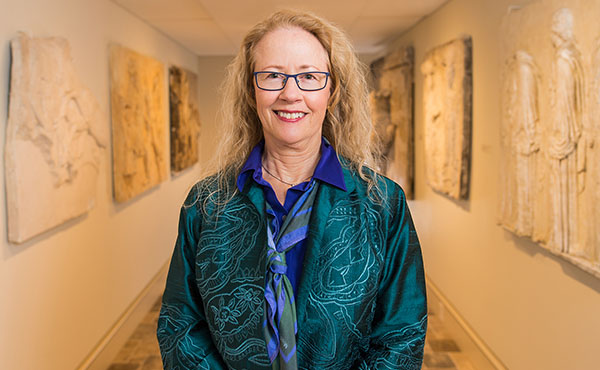
Katherine Schwab, PhD, Art History Professor
Dr. Schwab’s familiarity with the extant metopes and her efforts to reimagine what those missing must have looked like are renowned. Her drawings, based on years of study of the existing metopes, have been exhibited at the Greek Consulate General in New York, the Greek Embassy in Washington, D.C., the University of Georgia, Creighton University, Willamette University, the Timken Museum of Art, Franklin & Marshall College, and the Parthenon in Nashville. Grayscale scans of Dr. Schwab’s drawings are on permanent display in the Acropolis Museum in Athens.
She is currently working on a script for a virtual “walking tour” of the metopes for Flyover Zone. “The goal is for my narration to make comments for each preserved metope, minimally explaining the action and, if we know, who is featured in the composition,” she said. “My narration will discuss interpretations for some of the metopes where we have numerous proposals but lack complete consensus.”
The thread that ties Schwab to the distant Greek past began in childhood. “I was an avid reader in elementary school and got interested in Greek mythology, along with Egyptian mummies, but I gravitated to ancient Greece and Rome,” she said. Schwab majored in ancient Greek civilization at Scripps College in Claremont, California. “I spent my entire junior year studying in Athens, including on-site classes on the Acropolis,” she recalled. “It was a lifechanging experience.”
She received her master’s degree from Southern Methodist University and her PhD from the Institute of Fine Arts, New York University.
Dr. Schwab is curator of Fairfield University’s Plaster Cast Collection, which began in 1991 with a long-term renewable loan from the Metropolitan Museum of Art in New York and has grown to more than 100 objects. These facsimile casts of historic artifacts have been augmented with gifts from the Acropolis Museum in Athens, Yale University Art Gallery, Slater Museum, and individual collectors.
Further ties between ancient Greece and Fairfield were made in 2009 when Dr. Schwab organized the Caryatid Hairstyling Project, inspired by the coifs of female sculptures found on the Acropolis — specifically, the six marble Caryatids or maidens (korai) which stand in place of columns on the South Porch of the Erechtheion. In ancient Athens, hairstyles worn by women at public gatherings denoted their social rank and affluence. The project was an attempt to determine whether the sculptors invented an artistic convention or used real hairstyles of the day for these marble Caryatids.
Six Fairfield students volunteered for the project, allowing professional hairstylists to shape their hair to emulate the statues, with the result that the sculptors’ work was proven to have been modeled on real Athenian women of their day. Later, in 2015, Dr. Schwab also cocurated an exhibition, Hair in the Classical World, at the Fairfield University Art Museum.
The hairstyling project and exhibition are not unlike what Dr. Schwab and Flyover Zone are now, on a much larger scale, attempting to do with “Athens Reborn: Acropolis,” using present-day scholarship to revisit and recreate the ancient past.
For more information on “Athens Reborn: Acropolis,” go to flyoverzone.com
